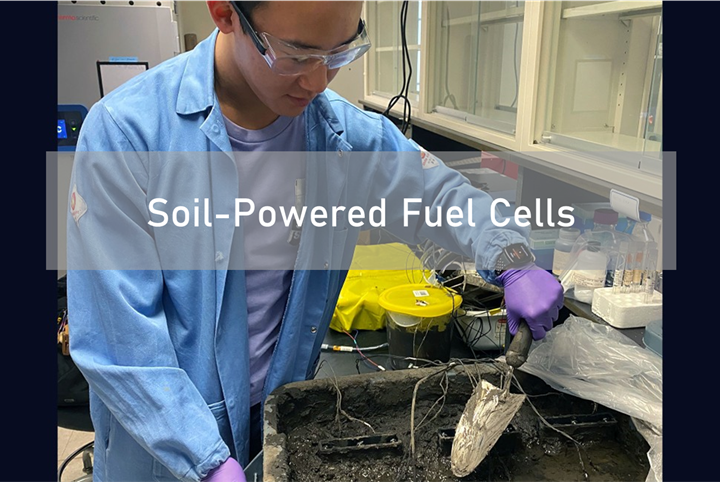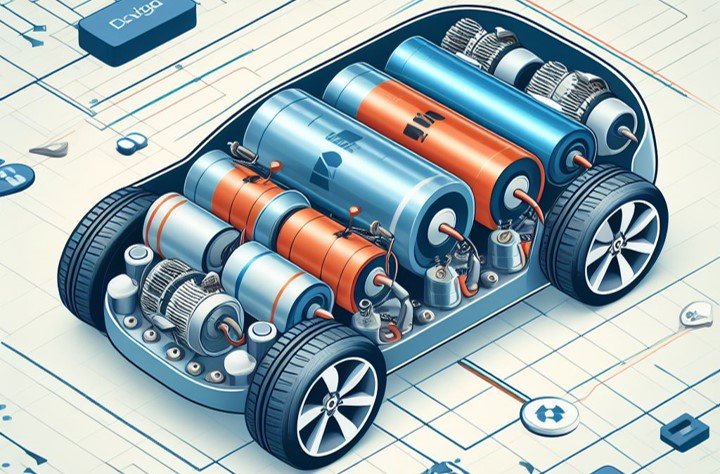New Technology Soil-powered fuel cell by Northwestern University harvests energy from soil microbes. “As long as there is organic carbon in the soil for the microbes to break down, the fuel cell can potentially last forever.”
Bill Yen
The soil-powered technology has the potential to fuel the underground sensors used in the agriculture industry. This can be seen as a potential sustainable alternative to batteries for the future and it can help in reducing the ever-growing electronics waste.
The research was led by Bill Yen and published in the ACM on 12th January, 2024. Yen’s experience in industry (General Motors, CNH Industrial) and academic research (Northwestern – soil-powered computing, Stanford – low-power wireless communication) cultivated his interest in designing self-powered computing devices that boost system efficiency while lowering the environmental impact of existing processes.
The Technology Behind Soil-Powered Fuel Cell
The soil microbial fuel cells use special microbes to break down soil and utilize the generated low amount of energy to power sensors. As long as there is organic carbon in the soil for the microbes to break down, the fuel cell can potentially last forever. This can have a wider range of applications and help in solving critical industry challenges to achieve sustainability.
Soil-powered fuel cells, also called “soil microbial fuel cells (SMFCs)”, technology is in its infancy. The technology has the potential as a renewable energy source that can operate in difficult environments. Researchers took a 2-year iterative process to test multiple cell designs resulting in an improved SMFC that generates power across a wider soil moisture range.
The below table shows a comparison of various ambient energy harvesting sources showing hazard classifications due to e-waste and toxicity as well as the minerals required to manufacture them
Different Designs Tried for Soil-Powered Fuel Cell
The first 3 design versions didn’t work.

Final Design:

In the v2 design version, water was able to infiltrate the air chamber through the bottom of the scaffold and the porous cathode itself. The air cathodes get submerged in water during flooded periods, which limits the cathode’s access to oxygen, consequently reducing the cathodic reaction rate.
The research team implemented the following solution which eventually resulted in a positive outcome.
The team ensured the air cathode’s access to oxygen in this iteration by extending the 3D-printed scaffold to enclose the bottom of the chamber, thereby sealing the air chamber from the soil environment. This scaffold was printed using ABS on a Stratys Fortus 250mc to enable the use of water-soluble support structures to accommodate the large overhang from the window cutout in the front of the scaffold. A waterproof cathode was constructed using a combination of 30% wetproofed carbon cloth, carbon felt, room-temperature-vulcanizing silicone, and a custom 316 stainless steel flange so water would not enter the chamber through its side.
To Read Detailed Research Paper: https://dl.acm.org/doi/epdf/10.1145/3631410
















+ There are no comments
Add yours